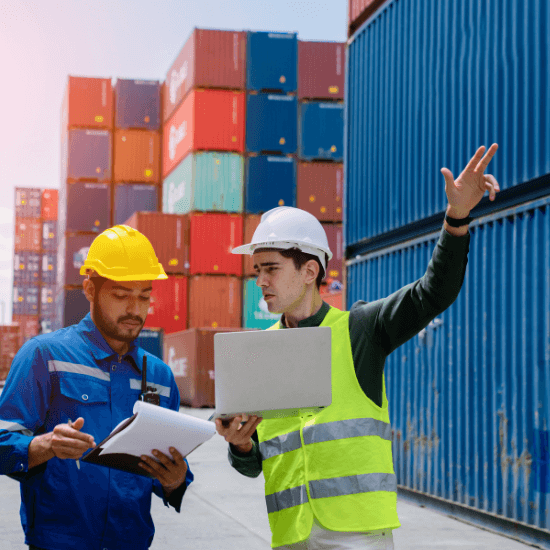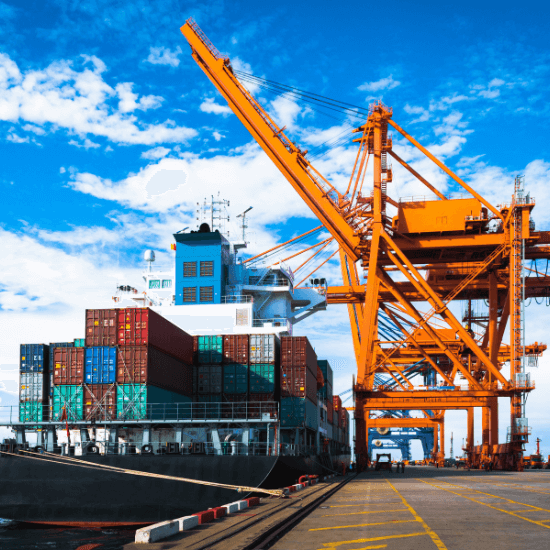

Advancements in digital technologies, changing consumer preferences due to e-commerce, government reforms, and a shift in service sourcing strategies are expected to lead the transformation of the Indian logistics ecosystem.
Online freight platforms and aggregators are on the rise in the Indian logistics market, given their lower entry barriers and requirement of capital investment compared to setting up an asset-based business model. Manufacturing in India holds the potential to contribute significantly to the GDP, which will drive the growth of warehousing in India.
The grant of infrastructure status to logistics, the introduction of the E-Way Bill, and GST implementation are set to streamline the logistics sector in India and become a major growth driver of the industry. E-commerce is another major segment that is expected to contribute to the growth of the logistics industry.

The many skills that the industry requires can be sourced with the support of Ushankk, a specialist in providing manpower staffing solutions, who is familiar with the landscape and has a team that does this day in and day out.
Increasing investments and trade point towards a healthy outlook for the Indian freight sector. Port capacity is expected to grow even as the Indian Railways aims to increase its freight traffic. Freight traffic at airports in India also has substantial scope for growth.
The development of the sector has catalysed the growth of Ecommerce (Ecom) and Quick Commerce (Qcom), and vice versa. It has also led to third-party logistics (3PL) providers establishing themselves in the industry. India also supports global innovations through the Global Capability Centres (GCCs) many overseas companies have opened.























